Scanning Around With Gene: The Great Reddy Kilowatt

It’s hard to imagine when people didn’t take electricity for granted, yet in the beginning electricity was restricted primarily to lighting. And as a utility, it was not well understood. People could wrap their heads around the concept of gas, but electricity remained a mystery.
In 1926, Ashton B. Collins was working at the Alabama Power Company and thinking of how to educate people about electricity and promote its use. He dreamed up a character he called Reddy Kilowatt. Not an artist himself, Collins asked Dan Clinton, an engineer from the company’s drafting department, to draw the character. Click on any image for a larger version.
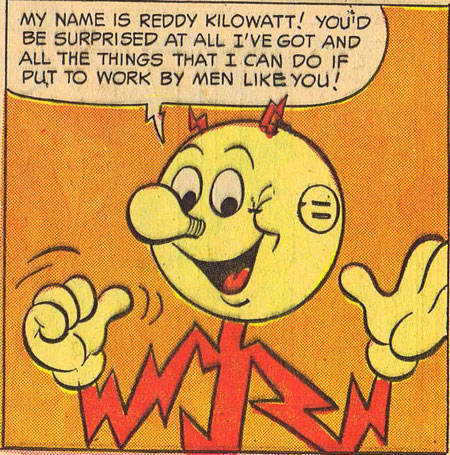

When Reddy first appeared at the Alabama Electrical Exposition, he had five arms to demonstrate the many capabilities of electricity. Collins maintained the rights to the character and sat on it for a few years but then hired another artist to do a few sketches so he could sell the idea of Reddy to other power companies.
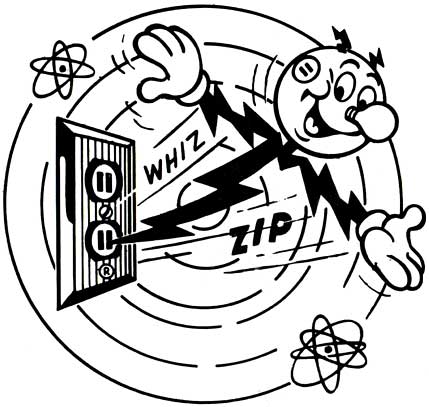
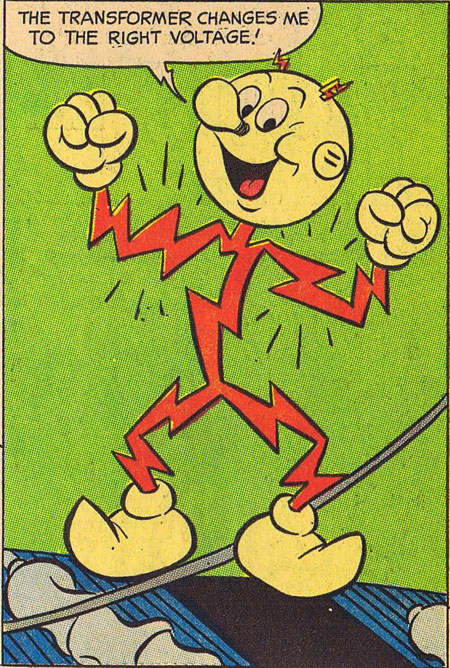
By the end of 1934, Collins had six electric companies signed up to license the character for use in advertising, promotions, and education. Eventually more than 300 United States electric companies licensed Reddy and subscribed to a clip-art service featuring Reddy.
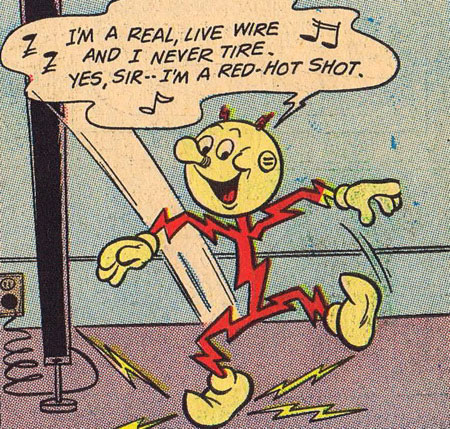

There were drawings of Reddy at various holidays, drawings of Reddy using modern appliances, and drawings of Reddy giving out safety tips. Collins’ company promoted Reddy through clip art, film strips, and other licensed products.

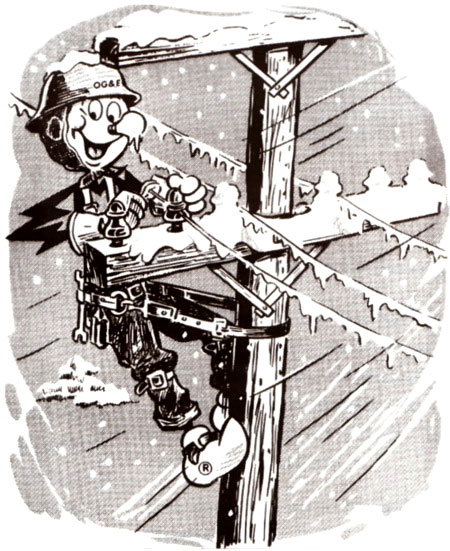
There were even animated Reddy cartoons produced by Walter Lantz Productions (of Woody Woodpecker and friends), though Reddy didn’t achieve much success as an animated character.
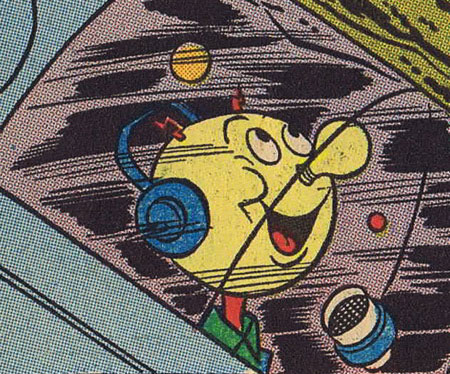

Reddy was only licensed to investor-owned electric companies, not to public utilities or rural electric cooperatives. As more communities sought to “nationalize” electricity production, Reddy became a spokesperson for free enterprise and independent business ownership.


When nuclear power came online, Reddy was put to work explaining the technology and promoting its safety. Reddy starred in booklets, comic strips, filmstrips, and films.
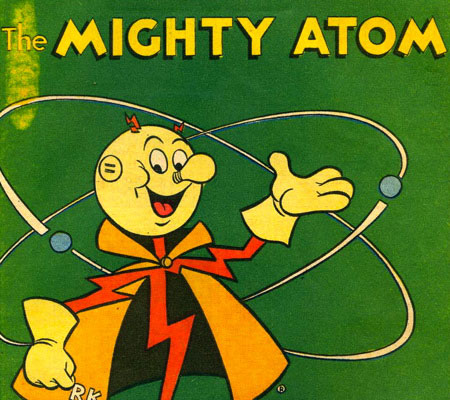
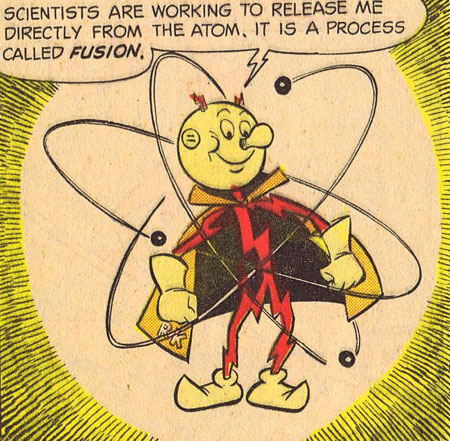
Collins believed that educating young people on the benefits of electricity was key to the technology’s success. So Reddy was targeted to kids and even made appearances as a costumed character.
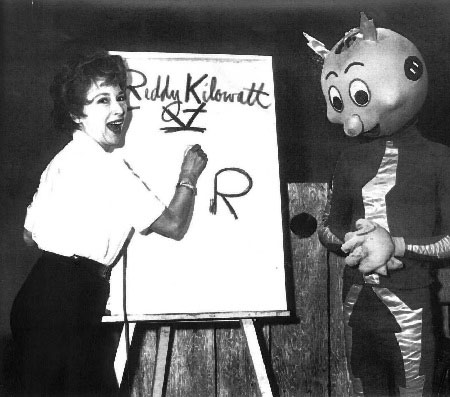
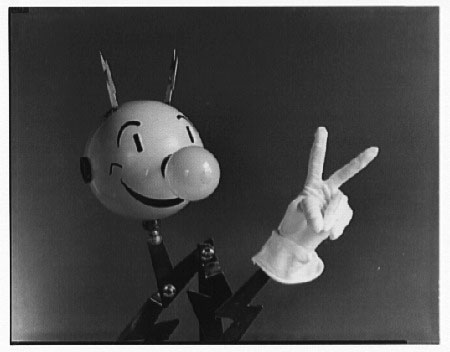

Reddy eventually appeared in a number of countries. The licensing business was a family affair: In addition to Collins himself (who died in 1976), his wife and two sons also worked at the company. It was sold in 1998 to Northern States Power, a subsidiary of power giant Xcel Energy.

The Smithsonian has the Reddy Kilowatt archives, which are extensive, and you still see Reddy material in collectible shops, antique stores, and on eBay. There was even a Reddy Kilowatt typeface, but sadly I couldn’t find a presentable example.
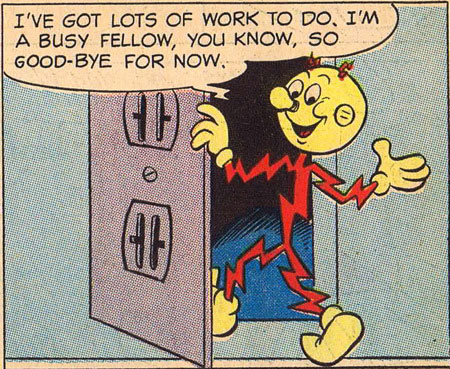

With a light bulb nose, plugs for ears, and a body made of lightning bolts, what’s not to like about Reddy Kilowatt?
Follow Gene on Twitter: https://twitter.com/SAWG
This article was last modified on May 15, 2023
This article was first published on April 29, 2011



